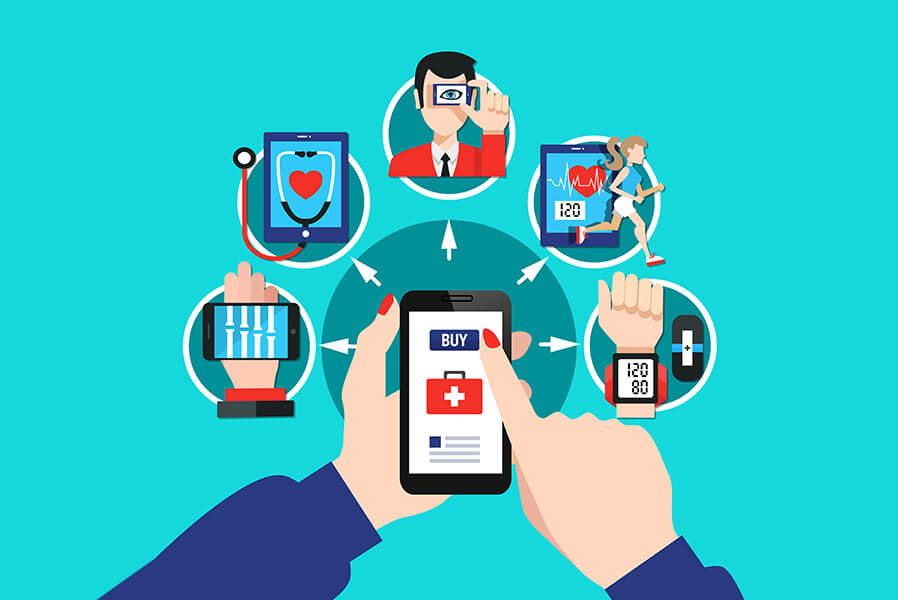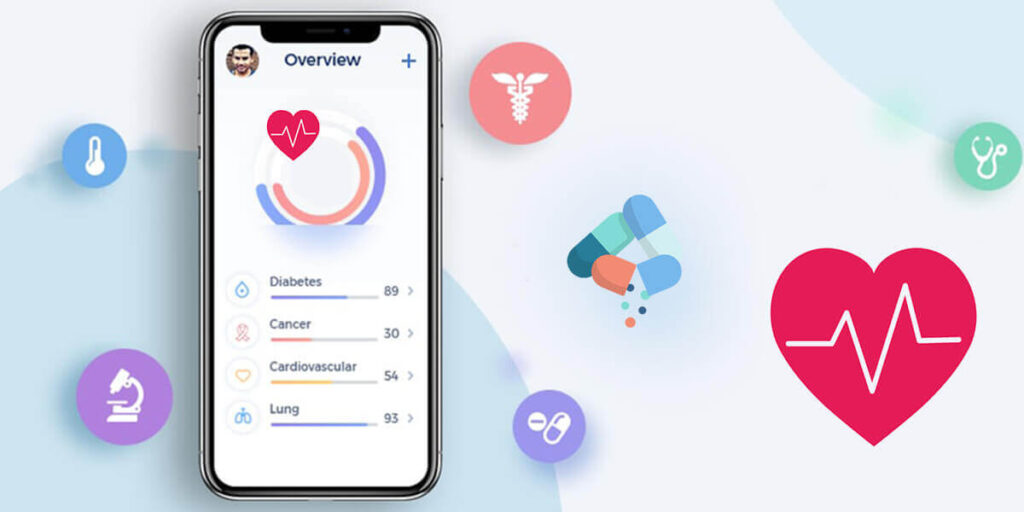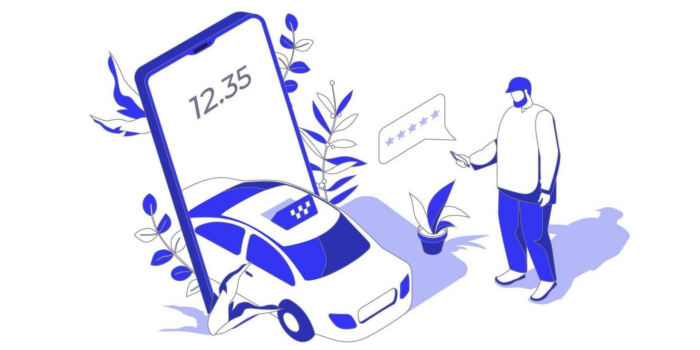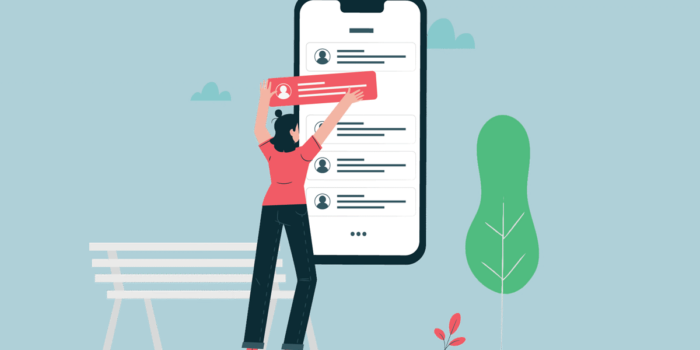In Malaysia and across the world, the battle against chronic illnesses is not just a health issue but a financial one too.
Globally, they’re expected to cost a staggering $47 trillion by the end of this decade. That’s a lot of money spent on diseases that, in many cases, can be prevented.
But enough bad news. Did you know one of the most effective tools to protect your health could just be right in your pocket?
That’s right – that’s where Mobile Health Apps come in.
There are over 350,000 health apps out there, with about 250 new ones popping up every day. And in 2021, apps that help manage health made up 47% of all new apps. That’s a big jump from 28% in 2015.
Why does this matter? Because these Mobile Health Apps in Malaysia have the power to seriously cut healthcare costs. In fact, a study says, using health apps could reduce the workload on doctors by 73%.
So, while many illnesses continue to be a major challenge, the rise of health apps offers a promising path to manage and reduce their impact on our lives. Let’s dive deeper.

What are Mobile Health Apps?
What exactly are Healthcare Mobile Apps? These apps, powered by our ever-present smartphones and tablets, offer fresh and innovative approaches to delivering healthcare services, extending their reach well beyond the walls of traditional medical facilities.
Let’s break them down into a few key categories:
- Clinical reference and diagnostic apps: These are digital assistants for doctors and healthcare providers, helping streamline clinical practices and aid in medical examinations. One notable example is UpToDate app.
- Telemedicine apps: They bridge the distance between patients and doctors, enabling care and consultation to be provided virtually. Doctor On Demand is a prime example.
- Health management apps: Targeted at individuals, these apps support the management of various health conditions, from diabetes and mental health to monitoring heart rates and cholesterol levels. One of our all time favs is MySugr.
- Wellness & Fitness apps: A broad category that encompasses everything from apps that track nutrition and calories, manage stress, monitor sleep patterns, to other lifestyle apps aimed at fostering healthier living habits. When it comes to tracking nutrition and calories, MyFitnessPal is a go-to app.
There’s a compelling conversation happening around the importance of developing contemporary health apps to better serve patients. Let’s give you a closer look at that.
How and Why Did Mobile Health Apps Develop?
The advent of smartphones sparked a global movement toward mobile application development, with healthcare applications quickly taking center stage. These Mobile Health Apps emerged from a necessity to make healthcare accessible beyond traditional settings, aiming to enhance healthcare delivery, improve disease management, and support medical education.
However, the journey wasn’t without hurdles. Concerns around data privacy and accessibility, especially in underserved areas lacking smartphone penetration, posed significant challenges. Additionally, skepticism from healthcare professionals and patients over the impersonal nature of digital care and technology adoption barriers highlighted the complex landscape of digital health adoption.
Despite these challenges, the role of digital devices in healthcare has evolved, moving from desktops to more portable and accessible smartphones and tablets. This transition facilitated better clinician-patient communication, reducing misunderstandings, and improving healthcare delivery efficiency in Malaysia and around the world.
As we look to the future, the growth trajectory of Mobile Health Apps is set to ascend, particularly fueled by the digital shift during the COVID-19 pandemic. This continuous evolution signifies a more digitized healthcare industry, where mobile health apps stand as a cornerstone for a more integrated, accessible, and personalized healthcare ecosystem.

Advancements in Healthcare Technology in Malaysia
The landscape of Healthcare Technology in Malaysia has experienced significant advancements, pushing the boundaries of how we engage with our health.
Real-Time Health Tracking:
Real-Time Health Tracking allows users to monitor vital metrics such as steps, heart rate, calorie intake, and sleep patterns. This instant feedback loop empowers individuals with detailed insights into their daily health routines, promoting proactive lifestyle changes.
Wearables and Smart Sensors:
The integration of Fitbit and similar wearables with health apps brings a new dimension to personal health monitoring in Malaysia. These devices not only track physical activity and sleep but also heart rate variability and oxygen levels, offering a comprehensive health overview directly on your smartphone.
Predictive Analytics:
Apps leveraging predictive analytics, such as Ada Health, use AI to analyze symptoms and health data, predicting potential health issues before they become serious. By inputting symptoms and lifestyle factors, users in Malaysia and around the world can receive early warnings and suggestions for preventive measures.
Remote Monitoring and Alerts:
Telemedicine apps offer remote monitoring features, sending alerts to healthcare professionals if a patient’s health metrics fall outside normal ranges. This allows for immediate action, such as adjusting medication remotely or scheduling an urgent consultation, enhancing the care for chronic conditions.
Seamless Integration with Electronic Health Records (EHRs):
The seamless integration of apps with Electronic Health Records (EHRs) is exemplified by platforms like MySejahtera, which not only tracks COVID-19 vaccinations and cases but also enables users to access their health status and history, facilitating a more informed healthcare dialogue between patients and providers in Malaysia.
What Makes a Great Mobile Health App?
Creating an outstanding mHealth App in Malaysia involves more than just good coding.. Here’s how the best healthcare mobile apps stand out:
- User-centered Design: The top-tier apps prioritize the user experience, ensuring that navigation is straightforward and the interface is user-friendly. Your goal should be making the user feel comfortable and making the app as intuitive as possible.
- Robust Functionality: Essential to any great health app is its suite of features. This includes the ability to monitor and record health metrics, set reminders for medication, access educational content, and facilitate easy communication with healthcare professionals. The goal is to support users in managing their health efficiently.
- Security: With personal health information on the line, security is non-negotiable. Leading apps employ stringent security protocols to protect user data from unauthorized access and ensure compliance with healthcare regulations.
- Interoperability: The ability to seamlessly integrate with a variety of platforms and devices, including electronic health records (EHRs) and third-party health devices, is a hallmark of a well-designed health app. This compatibility enhances the app’s utility and ensures it fits into the broader healthcare ecosystem.
Examples of Some Top Healthcare Apps
There are a plethora of apps designed to make managing health easier and more efficient. Here are some standout apps, each excelling in its specific healthcare niche:
Medisafe Pill Minder and Trackers
A beacon for medication management, Medisafe helps users stay on top of their medication schedules with intuitive reminders. It makes medication management accessible right from your smartphone or even your Apple Watch, enhancing adherence and patient care.
Eyecare Live
For those seeking eye care solutions, Eyecare Live offers a direct digital line to eye doctors for consultations and vision testing, embodying the essence of Telemedicine Growth in Malaysia by bringing specialized care into the digital time.
Teladoc
Teladoc is a pioneer in providing 24/7 access to a broad spectrum of healthcare professionals via phone or video. It’s a quintessential example of how Digital Healthcare Trends in Malaysia are evolving, offering services ranging from urgent care consultations to mental health support, all from the comfort of your home.
Springstone
Springstone stands out in the mental health domain, offering a secure platform for assessing and treating youth mental health. Its design and approach cater to reducing user stress, thereby enhancing the accuracy of mental health assessments.
MySugr
For diabetes management, MySugr simplifies blood sugar tracking, integrating seamlessly with health devices and apps like Apple Health and Google Fit. It’s an excellent representation of how eHealth Innovations are supporting chronic disease management through user-friendly technology.
Each of these apps exemplifies the transformative potential of mobile health technologies in enhancing healthcare delivery, patient engagement, and health outcomes.
Final Verdict
The rise of mobile health apps represents a significant shift towards more personalized, accessible healthcare solutions globally. These apps offer innovative ways to manage health, from disease prevention to chronic condition management, underscoring the potential for technology to make healthcare more efficient and patient-centered.
With their ability to integrate into daily life seamlessly and provide real-time health tracking, mobile health apps in Malaysia and beyond are proving to be valuable tools in enhancing the healthcare landscape, making health management more proactive and less reactive.
Let’s Chat
If you need more info or guidance on building your own app in healthcare or any other domain, feel free to reach out to Segwitz. We are your end-to-end tech strategist and mobile app development partner. Let’s converse to bring your app’s vision to reality.
If you found this blog valuable, consider sharing it with a friend, and make sure you check out our extensive library of blogs and insights.




 Booking System
Booking System eCommerce
eCommerce On-Demand Services
On-Demand Services Community App
Community App Ordering App
Ordering App Loyalty App
Loyalty App Online Learning
Online Learning Directory
Directory Marketplace
Marketplace SaaS
SaaS P2P Platform
P2P Platform eHailing
eHailing Healthcare
Healthcare Finance
Finance Logistics
Logistics Education
Education Food & Beverage
Food & Beverage Retail
Retail FMCG
FMCG Sports
Sports Travelling
Travelling Manufacturing
Manufacturing Renewable Energy
Renewable Energy Mobile Application Development
Mobile Application Development Web Application Development
Web Application Development Source Code Review
Source Code Review Internet of Things (IoT)
Internet of Things (IoT) Cyber Security
Cyber Security SegWitz SandBox – Dev-Team as Subscription
SegWitz SandBox – Dev-Team as Subscription SegWitz Streamline – SOP Systemization
SegWitz Streamline – SOP Systemization SegWitz ScaleUp – Tech Transformation of SME & PLC
SegWitz ScaleUp – Tech Transformation of SME & PLC SegWitz StartUp – MVP & Scaling
SegWitz StartUp – MVP & Scaling